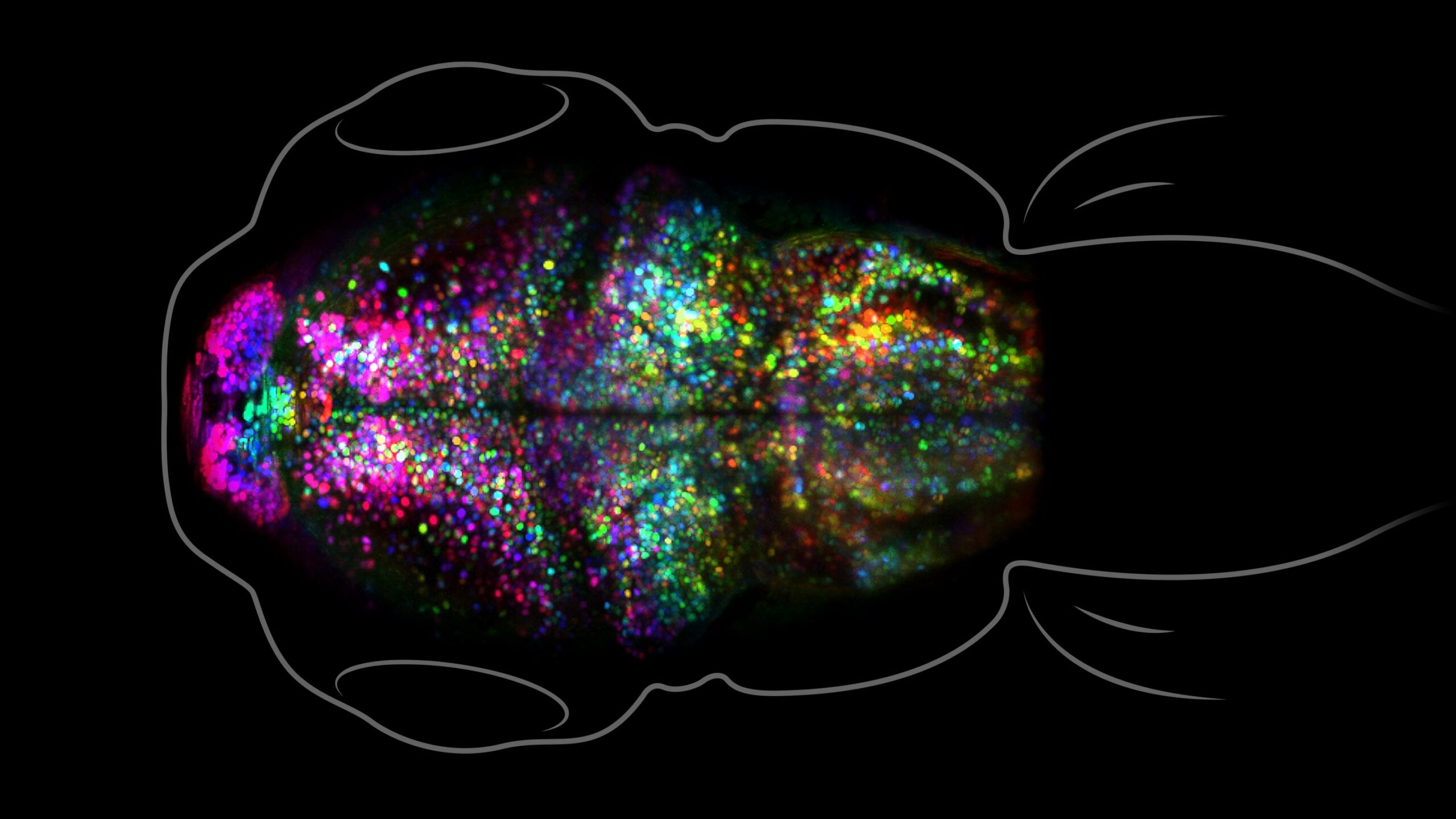Monday, 21 November 2022
Zebrafish brain images may reveal neuronal bases of emotional memory
 As is well known, memories with heavy emotional connotations—especially negative ones—are very strong. In extreme cases of post-traumatic stress, such memories can be so recurrent and intrusive that they make life a living hell. In mammals, the brain structure most highly involved in such negative memories is the amygdala. But while much research has been done on the hippocampus, which is the brain structure involved in spatial, lexical and other forms of memory, the amygdala has received much less attention, in part because it is so hard to access. To get around this problem, a research team at the University of Southern California, in Los Angeles, used larval zebrafish and a fluorescence-based imaging method to visualize the changes that occurred in the synapses of the pallium (the fish brain structure equivalent to the amygdala) after aversive conditioning. The surprising results were published in the journal PNAS in January 2022, in an article entitled “Regional synapse gain and loss accompany memory formation in larval zebrafish”. (more…)
As is well known, memories with heavy emotional connotations—especially negative ones—are very strong. In extreme cases of post-traumatic stress, such memories can be so recurrent and intrusive that they make life a living hell. In mammals, the brain structure most highly involved in such negative memories is the amygdala. But while much research has been done on the hippocampus, which is the brain structure involved in spatial, lexical and other forms of memory, the amygdala has received much less attention, in part because it is so hard to access. To get around this problem, a research team at the University of Southern California, in Los Angeles, used larval zebrafish and a fluorescence-based imaging method to visualize the changes that occurred in the synapses of the pallium (the fish brain structure equivalent to the amygdala) after aversive conditioning. The surprising results were published in the journal PNAS in January 2022, in an article entitled “Regional synapse gain and loss accompany memory formation in larval zebrafish”. (more…)
Memory and the Brain | Comments Closed







